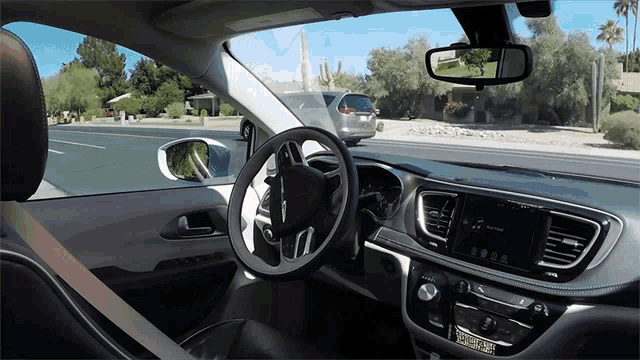Auto Insurance in 2025: What’s Coming Next?
1. Autonomous Vehicles (AVs) - Changing the Auto Insurance Game
As autonomous vehicles (AVs) become more common, auto insurance will need to change. Most new AVs will be Level 2 or Level 3, meaning they still need some driver attention but can handle certain tasks. As these vehicles hit the roads, they could lower accident rates. This might mean less risk for auto insurers, but it also shifts the blame for accidents from drivers to the people who make the vehicles or software. Even though fully self-driving cars (Level 4+) may take years to become common, their impact on car insurance will start sooner.
Learn more about AVs from Tesla’s Autopilot and Waymo’s technology.

2. The Rise of "Connected Cars" - Reshaping Auto Insurance Strategies

Connected cars are another major trend in auto insurance. These vehicles use built-in tech to share data in real time—like how fast you drive, how often you brake hard, or even if you’re wearing your seatbelt. As a result, insurance companies can create more personalized, fair policies. Also, this kind of tech may lower costs for careful drivers while improving the whole customer experience.
Check out Progressive Snapshot or Allstate Drivewise to see how real-time driving data affects pricing.
3. Impact of Electric Vehicles (EVs) on Auto Insurance Coverage and Risk
Electric vehicles (EVs) are taking off, and that’s speeding up changes in car insurance. With government incentives and more charging stations, more people are buying EVs. However, fixing EVs can be pricey, which affects how much auto insurance costs. Plus, EVs are opening the door to new types of coverage—like monthly subscriptions for people who don’t own a car but use one when needed.
4. Shared Mobility and Evolving Auto Insurance Models

Car-sharing and ride-hailing are becoming more popular, especially in cities. This means fewer people own cars, which changes how they need car insurance. More auto insurance providers are now offering “pay-per-use” or “on-demand” coverage, which fits better with how people use shared vehicles today.
Explore shared mobility trends at Lyft Business or Zipcar.
5. Sustainability, Climate Risks, and Their Influence on Auto Insurance

As climate issues grow, auto insurance companies are thinking more about how the environment affects cars. For example, floods or wildfires can damage vehicles, and insurers are now pricing in these risks. Also, drivers who choose eco-friendly options like EVs or public transportation might get discounts as part of green auto insurance plans.
6. AI and Predictive Analytics in Auto Insurance Decision-Making
Artificial intelligence (AI) is already helping auto insurance companies work smarter. It speeds up claims, stops fraud, and even helps predict who might get into an accident. As a result, insurers can prevent problems before they happen and offer better service to drivers. More automation means faster help and fewer hassles.
For examples, see Lemonade’s AI-powered claims or Root Insurance’s predictive models.
Key Challenges:

Even with all these changes, some big issues still need answers:
Regulation: Governments will need to keep up with the tech, without slowing down innovation in the auto insurance industry.
Privacy: With more data from connected cars, keeping customer info safe will be critical for car insurers.
New Risks: From cyber attacks on smart cars to unexpected problems with AVs, auto insurance providers will need to stay flexible.
For more, visit SAS Insurance Solutions.
Bottom Line
By 2025, auto insurance will look very different—thanks to technology, green choices, and shifting driver habits. Although these changes bring challenges, they also open the door to smarter, safer, and more flexible car insurance. No matter if you’re a driver or someone working in the insurance business, staying up to date will help you get ahead.
For a deep dive into these trends, check out resources from McKinsey, Insurance Journal, and SAS.




















